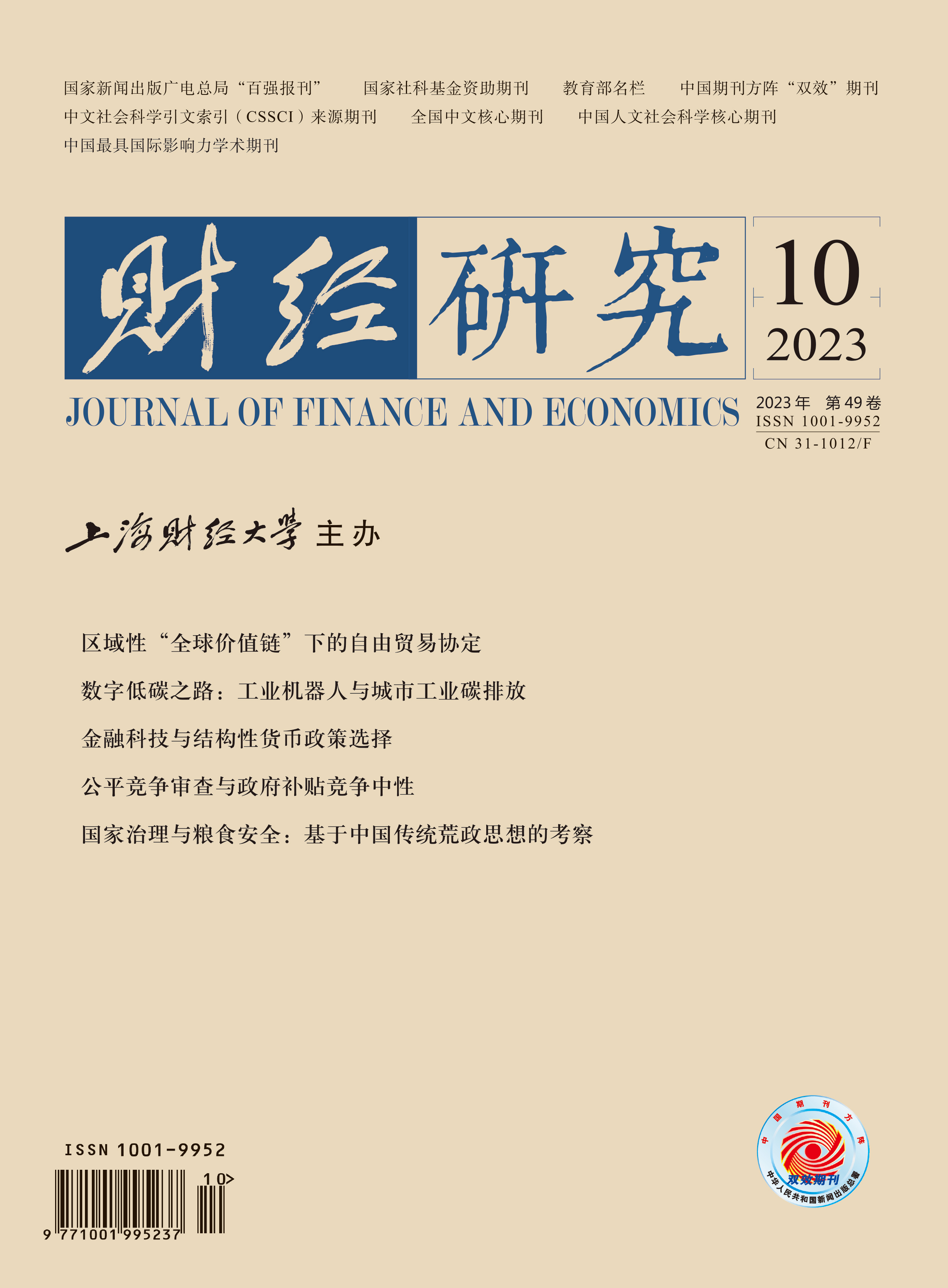With the rapid development of production globalization, the concept of “global value chain” (GVC) has gradually been formed in academic and policy fields, and its impact on international specialization, foreign direct investment, export and trade policy formulation is discussed. The global characteristics of the value chain are the basis of this series of studies, but the existing literature pays little attention to whether the value chain is really “global”, and the conclusions of the study are inconclusive. This is because the existing criteria for judging the global value chain have shortcomings, and cannot simultaneously consider the quantitative distribution and geographical distribution of a country’s imported goods. Therefore, it is undoubtedly of great theoretical and practical value to explore appropriate judgment criteria to objectively measure the “global” and “regional” characteristics of the value chain, as well as the impact of current value chain characteristics on international trade policies.
This paper attempts to investigate the above issues. First, based on the framework of Eaton and Kortum (2002), this paper discusses and constructs the import distance of intermediate goods under the ideal GVC, and compares it with the actual import distance to judge whether the existing value chain has more “global” or “regional” characteristics. It is found that there is a gap of about 1,500 kilometers between the actual import distance and the ideal GVC, indicating that the current value chain is far from reaching the state of the ideal GVC and is still a regional value chain. Second, this paper further investigates whether the regional characteristics of the current value chain have contributed to the flourishing of free trade agreements between countries. The empirical result shows that if the import distance of intermediate goods increases by 100 kilometers, the average distance between the country and its trade agreement partner countries will increase by about 389 kilometers. Even if considering the effect of endogeneity, the result is still significant. This shows that countries tend to reach regional free trade agreements to fit regional value chain production.
The contributions of this paper are as follows: First, it improves the method of measuring whether the value chain is “global” or “regional” and deepens our understanding of GVC. Second, it explores the relationship between the regional characteristics of the value chain and the regional trade integration policy. Compared with the existing literature, this paper indicates the important role played by the regional characteristics of the value chain in the booming development of free trade agreements. Third, it constructs the pull force of intermediate goods import and the push force of intermediate goods export to solve the endogenous problem between the regional value chain and the regional tendency when countries sign trade agreements. Fourth, it provides a new explanation for the fact that regional trade integration is more popular than globalization in recent years, and points out the direction of globalization in the future, which has important practical value in the current complex trade environment.





 3243
3243  4043
4043

